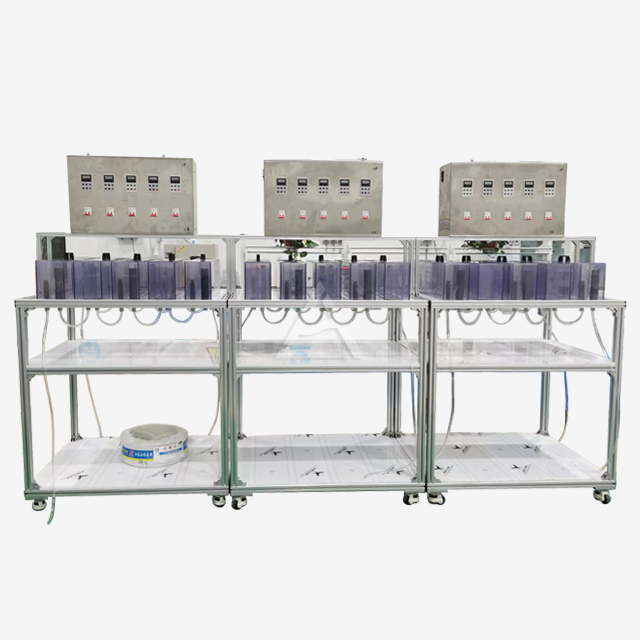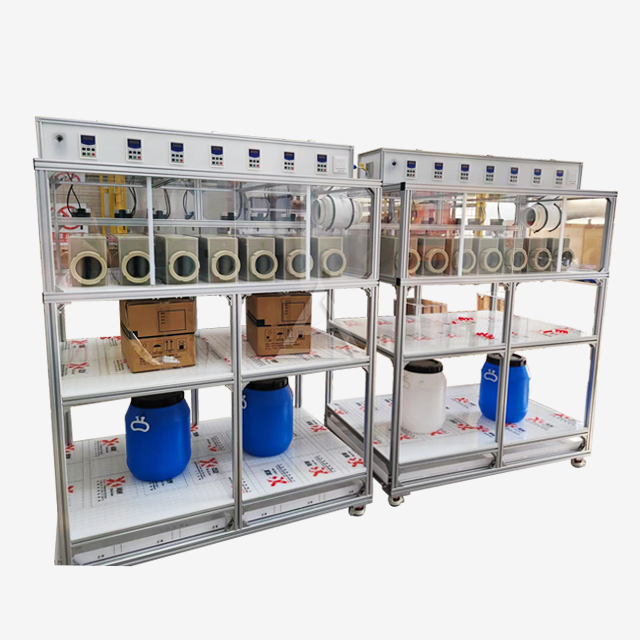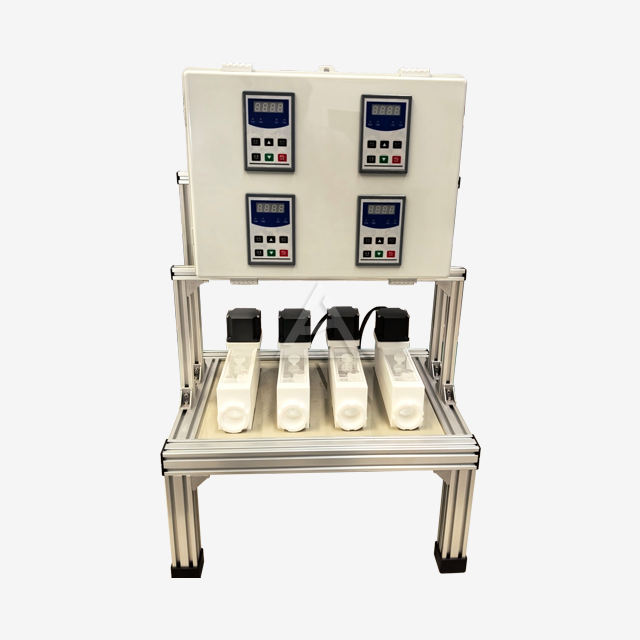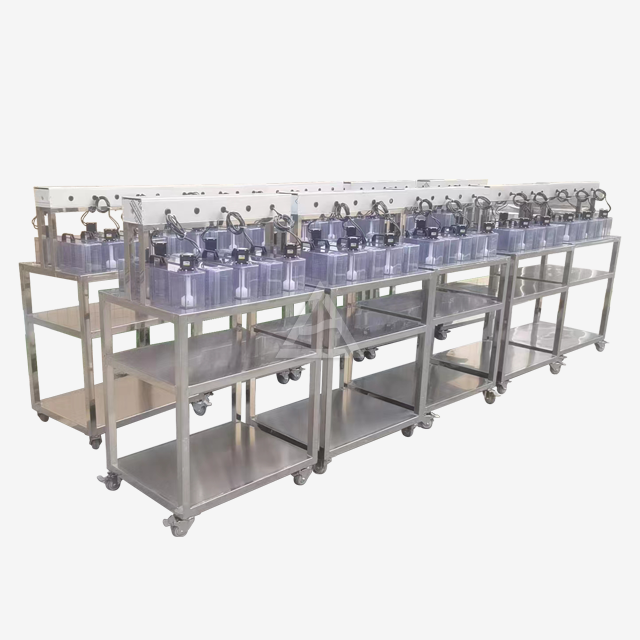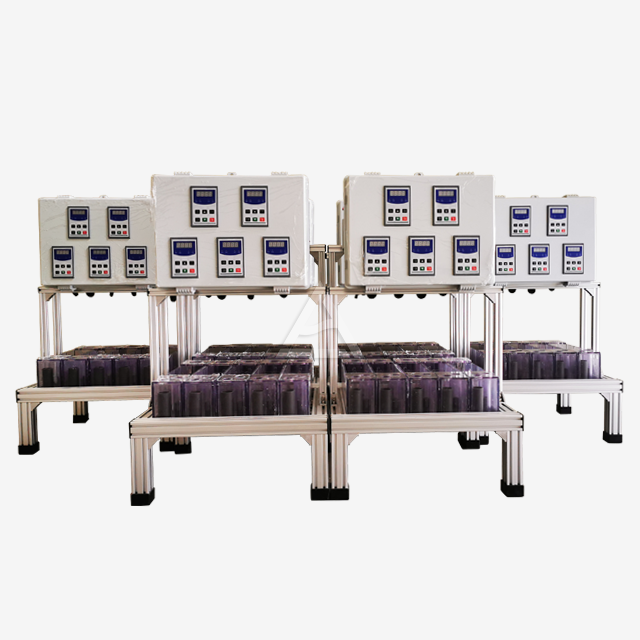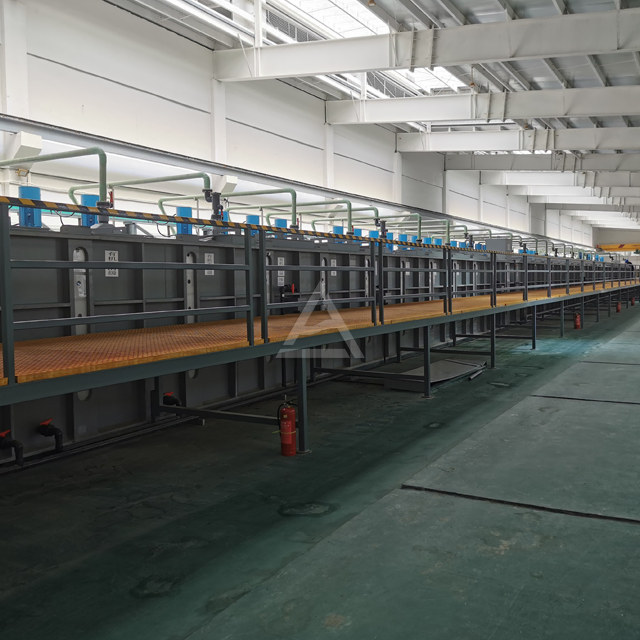Why Corrosion Resistance Matters in Extraction Equipment Design
Corrosion resistance is a critical factor in extraction equipment design, playing a pivotal role in ensuring the longevity, efficiency, and safety of industrial processes. In the realm of chemical and metallurgical engineering, where aggressive substances and harsh environments are commonplace, the ability of extraction equipment to withstand corrosive attacks is paramount. Without proper corrosion resistance, extraction equipment can deteriorate rapidly, leading to compromised performance, increased maintenance costs, and potential safety hazards. By prioritizing corrosion-resistant materials and design features, manufacturers like Shaanxi Cuiyan Technology Co., Ltd. can deliver extraction equipment that maintains its integrity, enhances productivity, and ensures the purity of extracted products across various industries.

The Fundamentals of Corrosion in Extraction Processes
Understanding Corrosion Mechanisms in Extraction Equipment
Corrosion in extraction equipment occurs through various mechanisms, each influenced by the specific conditions of the extraction process. Electrochemical corrosion, prevalent in aqueous environments, involves the transfer of electrons between the metal surface and the surrounding solution. This process can lead to the formation of corrosion cells, accelerating material degradation. In high-temperature extraction processes, chemical corrosion becomes more pronounced, with direct reactions between the equipment materials and corrosive substances. Understanding these mechanisms is crucial for designing extraction equipment that can withstand the harsh conditions encountered in industrial applications.
Common Corrosive Agents in Extraction Processes
Extraction processes often involve a wide array of corrosive agents, each presenting unique challenges to equipment integrity. Acidic solutions, such as those used in hydrometallurgical extraction, can rapidly degrade standard metal alloys. Alkaline environments, while less common, can be equally destructive to certain materials. Chlorides, often present in brine solutions or seawater, are notorious for their ability to penetrate protective layers and initiate localized corrosion. Organic solvents, frequently employed in pharmaceutical and food industry extractions, can cause stress corrosion cracking in some metals. Recognizing the specific corrosive agents present in each extraction application is essential for selecting appropriate materials and protective measures.
The Impact of Process Parameters on Corrosion Rates
Process parameters significantly influence the rate and severity of corrosion in extraction equipment. Temperature plays a crucial role, with higher temperatures generally accelerating corrosion reactions. Pressure can affect the solubility of corrosive species and the stability of protective films. Flow rates and turbulence can lead to erosion-corrosion, where mechanical wear combines with chemical attack to rapidly deteriorate surfaces. pH levels, particularly in aqueous extractions, directly impact the thermodynamic stability of metals and their oxides. By carefully controlling these parameters and designing equipment to withstand their effects, engineers can significantly extend the operational life of extraction systems.

Material Selection for Corrosion-Resistant Extraction Equipment
Advanced Alloys for Corrosive Environments
The selection of advanced alloys is paramount in designing corrosion-resistant extraction equipment. Austenitic stainless steels, such as 316L and 904L, offer excellent resistance to a wide range of corrosive media, making them suitable for many extraction applications. For more aggressive environments, super austenitic stainless steels or nickel-based alloys like Hastelloy and Inconel provide superior corrosion resistance. These materials often contain high levels of chromium, molybdenum, and nickel, which form stable passive layers that protect against corrosion. Titanium and its alloys are another class of materials prized for their exceptional corrosion resistance, particularly in chloride-rich environments. The choice of alloy must be carefully matched to the specific corrosive conditions of the extraction process to ensure optimal performance and longevity.
Non-Metallic Materials in Extraction Equipment Design
Non-metallic materials play an increasingly important role in corrosion-resistant extraction equipment design. Polymers such as polytetrafluoroethylene (PTFE), polyvinylidene fluoride (PVDF), and high-density polyethylene (HDPE) offer excellent chemical resistance and can be used for linings, seals, and even entire vessels in certain applications. Fiber-reinforced plastics (FRP) combine the corrosion resistance of polymers with enhanced mechanical properties, making them suitable for large-scale extraction equipment. Ceramics and glass-lined steel provide another avenue for corrosion protection, particularly in highly acidic environments. These materials can withstand extreme chemical conditions where even advanced alloys might fail, though they require careful design considerations to address their brittle nature.
Surface Treatments and Coatings for Enhanced Protection
Surface treatments and coatings offer additional layers of protection for extraction equipment, enhancing corrosion resistance beyond the inherent properties of the base materials. Electrochemical treatments like anodizing for aluminum or passivation for stainless steels can create robust oxide layers that significantly improve corrosion resistance. Advanced coatings, such as epoxy-based systems, fluoropolymers, or ceramic coatings, can provide barrier protection against corrosive media. Emerging technologies in this field include graphene-based coatings and nano-structured surfaces that offer unprecedented levels of corrosion protection. The selection and application of these treatments must be carefully considered, taking into account factors such as adhesion, thermal stability, and potential impact on heat transfer or fluid dynamics within the extraction equipment.

Design Strategies for Corrosion-Resistant Extraction Systems
Optimizing Geometry and Flow Patterns
The geometry of extraction equipment plays a crucial role in minimizing corrosion risks. Designing for smooth fluid flow helps prevent turbulence and stagnant areas where corrosive species can accumulate. Rounded corners and seamless transitions between components reduce stress concentrations that can lead to localized corrosion. In tubular extraction systems, maintaining proper flow velocities prevents the formation of deposits that can initiate under-deposit corrosion. For box-type extraction tanks, careful consideration of inlet and outlet positions ensures uniform distribution of process fluids, minimizing areas of high local corrosion rates. Advanced computational fluid dynamics (CFD) modeling allows designers to optimize flow patterns, ensuring that all surfaces are adequately washed and reducing the likelihood of corrosion hot spots.
Innovative Sealing and Joining Techniques
Seals and joints are often the weakest points in corrosion-resistant designs, requiring special attention. Advanced gasket materials, such as expanded PTFE or graphite-based composites, provide excellent chemical resistance and conformability. For metal-to-metal joints, techniques like orbital welding can create seamless connections that minimize crevice corrosion risks. In cases where dissimilar metals must be joined, proper insulation and the use of transition pieces can prevent galvanic corrosion. Innovative bonding techniques, including diffusion bonding for certain alloys, can create joints with corrosion resistance equal to the base material. For non-metallic components, specialized adhesives and welding techniques ensure that joints do not become initiation points for chemical attack.
Implementing Cathodic Protection and Monitoring Systems
Cathodic protection systems offer an additional layer of defense against corrosion in extraction equipment. By applying a small electrical current or using sacrificial anodes, these systems can prevent corrosion of metal surfaces even in highly aggressive environments. For large-scale extraction towers or tanks, impressed current cathodic protection (ICCP) systems can be designed to provide uniform protection across extensive surfaces. Integrating corrosion monitoring systems allows operators to track the effectiveness of corrosion control measures in real-time. Techniques such as electrical resistance probes, linear polarization resistance measurements, and acoustic emission monitoring provide valuable data on corrosion rates and potential failure points. This information enables proactive maintenance strategies, optimizing equipment performance and extending operational lifetimes.

Conclusion
Corrosion resistance is a fundamental consideration in the design of extraction equipment, impacting every aspect from material selection to system geometry. By implementing advanced materials, innovative design strategies, and comprehensive protection systems, manufacturers can create extraction equipment that withstands the harshest chemical environments. This approach not only extends equipment lifespan but also ensures process efficiency, product purity, and operational safety. As industries continue to push the boundaries of extraction technology, the importance of corrosion-resistant design will only grow, driving innovation in materials science and engineering practices.
Contact Us
Ready to elevate your extraction processes with corrosion-resistant equipment? Cuiyan Technology offers cutting-edge solutions tailored to your specific needs. Our expertly designed extraction tanks, towers, and centrifugal extractors combine advanced materials with innovative engineering to ensure longevity and peak performance. Don't let corrosion compromise your operations. Contact us today at wangzhijun@cuiyan-tec.com to discover how our corrosion-resistant extraction equipment can revolutionize your industrial processes.
References
Davis, J.R. (2018). Corrosion: Understanding the Basics. ASM International.
Revie, R.W., & Uhlig, H.H. (2020). Corrosion and Corrosion Control: An Introduction to Corrosion Science and Engineering. Wiley.
Schweitzer, P.A. (2019). Fundamentals of Corrosion: Mechanisms, Causes, and Preventative Methods. CRC Press.
Cicek, V., & Al-Numan, B. (2021). Corrosion Chemistry. Wiley.
Roberge, P.R. (2017). Handbook of Corrosion Engineering. McGraw-Hill Education.
Tiwari, A., & Rawlins, J. (2019). Intelligent Coatings for Corrosion Control. Butterworth-Heinemann.




